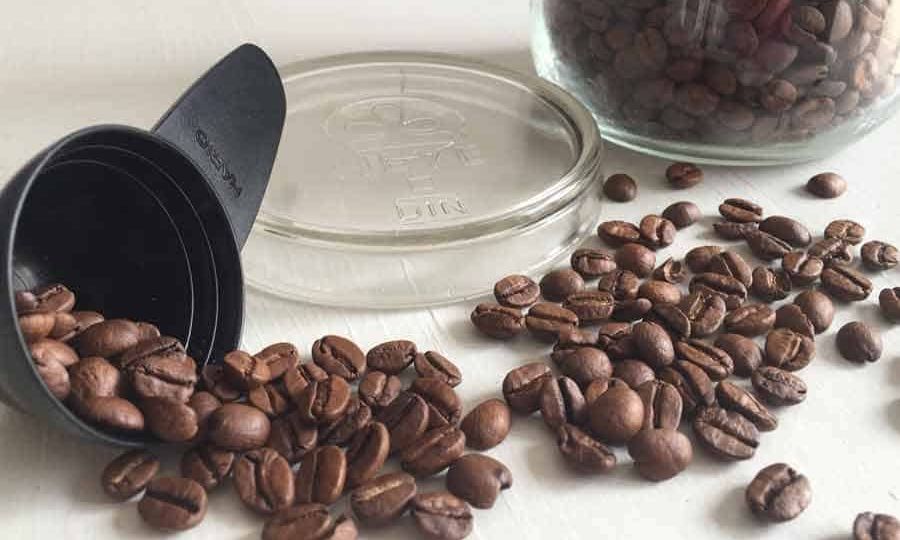
Coffee beans, the cornerstone of the global beverage market, are renowned not only for their invigorating aroma and flavor but also for their significant role in cultural and economic contexts worldwide. Contrary to a widespread misconception, coffee beans are not classified as legumes.
This common misinterpretation stems from their name and appearance, which can misleadingly suggest a botanical kinship with leguminous plants.
What Are Legumes?
Legumes are a family of plants known for their fruit, which comes in the form of a pod containing seeds that can be edible. These plants are celebrated for their nutritional value, offering a rich source of protein, fiber, and essential nutrients.
Common examples of legumes include beans, lentils, and peas. Unlike other crops, legumes have the unique ability to fix atmospheric nitrogen, making them vital for soil health and agricultural sustainability.
Coffee Beans: Seed of the Coffee Fruit
Coffee beans are, in reality, the seeds of the coffee cherry, a fruit produced by the Coffea plant. This categorization sets them apart from the legume family. The coffee plant belongs to the Rubiaceae family, a diverse group of flowering plants.
The journey of a coffee bean begins within the coffee cherry, where it is nestled until the fruit matures and is harvested. Upon harvesting, the outer layers of the cherry are removed to reveal the beans, which are then processed, dried, and roasted to develop their full flavor profile.
This complex process underscores the significant differences between coffee beans and legumes, highlighting the unique botanical and agricultural characteristics of the coffee plant.
By understanding the distinct nature of coffee beans and their classification, one can better appreciate the depth and breadth of the coffee industry, from cultivation to cup.
Botanical Classification and Processing of Coffee Beans
Coffee beans are the seeds of the Coffea plant, a member of the Rubiaceae family. This classification highlights their distinct botanical identity, separate from legumes.
The Coffea plant produces cherries that contain seeds, commonly referred to as coffee beans. These seeds undergo various processing methods to develop their flavors and prepare them for consumption.
The processing of coffee beans can be divided into two primary methods: wet and dry. The wet processing method involves removing the outer pulp of the coffee cherries before the beans are dried, which helps to preserve their inherent acidity and results in a cleaner, more refined taste.
Conversely, dry processing entails drying the whole cherries in the sun before the outer layers are removed, imparting a sweeter, more robust flavor to the beans.
Nutritional and Chemical Composition of Coffee Beans
Unlike typical legumes that are high in protein and fiber, coffee beans are prized for their caffeine content and a compound known as chlorogenic acid. Caffeine, a stimulant, is well-known for its ability to enhance alertness and focus.
Chlorogenic acid, on the other hand, has been associated with various health benefits, including antioxidant and anti-inflammatory effects.
While coffee beans do share some nutritional similarities with legumes, such as the presence of antioxidants, their unique chemical composition sets them apart, offering distinct health benefits.
Coffee Beans in Cuisine and Industry
Beyond their central role in the preparation of coffee beverages, coffee beans have found a place in various other domains, including cuisine and industry. Their rich, complex flavors make them a sought-after ingredient in desserts, sauces, and even meat rubs, adding depth and complexity to a wide range of dishes.
In the non-consumable sector, coffee beans are used in cosmetic products for their antioxidant properties and natural exfoliating abilities. Additionally, spent coffee grounds have been explored as a sustainable option for biofuel production, showcasing the versatile applications of coffee beans beyond the realm of traditional beverages.
FAQs
Are coffee beans considered nuts or fruits?
Coffee beans are neither nuts nor fruits; they are the seeds of the coffee cherry. This distinction is crucial in understanding the nature of coffee beans, as it sets them apart from other seed-based foods in terms of their cultivation, processing, and consumption.
Can you eat coffee beans like other legumes?
While coffee beans can technically be consumed, they are not eaten in the same manner as other legumes, which are often a staple in diets for their protein and fiber content.
Coffee beans are primarily valued for their caffeine content and flavor after being roasted and brewed, rather than for their nutritional value as a whole food.
How do the nutritional properties of coffee beans compare to legumes?
Coffee beans and traditional legumes differ significantly in their nutritional properties. Legumes are renowned for their high protein and fiber content, contributing to a balanced diet.
Coffee beans, however, are sought after for their caffeine and antioxidant properties, such as chlorogenic acid, which offer different health benefits from legumes.
Conclusion
Coffee beans, often mistaken as legumes, stand out due to their unique botanical classification, processing methods, and nutritional content.
As seeds of the coffee cherry and members of the Rubiaceae family, they undergo specific processes to enhance their flavor profiles for coffee production.
Unlike legumes, which are integral to dietary nutrition, coffee beans are celebrated for their stimulating effects and complex flavors. Understanding the distinct nature of coffee beans is essential for consumers and producers alike, allowing for a greater appreciation of coffee’s role in cultures and industries around the world.
This knowledge bridges the gap between simple consumption and a deeper understanding of coffee’s agricultural and culinary significance.








